The February 28 Oval Office meeting between President Donald Trump and Ukrainian President Volodymyr Zelenskyy broke down following Vice President JD Vance’s ambush. At one point, Trump ripped into Zelenskyy, saying “You tell us, ‘I don’t want a ceasefire. I don’t want a ceasefire,’” but then urged him to accept one. Indeed, Zelenskyy does not want just a ceasefire. He has good reasons for being wary, but Trump and Vance allowed him no opportunity to explain.
Ukrainians have several reasons for opposing a stand-alone ceasefire.
First, no evidence suggests Moscow is seriously interested in one. While press reports alluded to Vladimir Putin’s possible readiness for a ceasefire in December 2023 and May 2024, the Kremlin never confirmed that. Russian officials instead insist that Moscow wants a settlement—on Russia’s terms. Those terms amount to Kyiv’s capitulation. In addition to provisions requiring neutrality and severe numerical limits on the size of its military, Ukraine would have to cede not only territory currently occupied by the Russian army but also areas of the Kherson, Zaporizhzhia, and Donetsk provinces that remain under Ukrainian control—including parts that have never been occupied by the Russian army.
Second, if Moscow embraces the idea of a ceasefire, how could Ukraine have confidence that Russia would not use it to regroup, rearm, and launch a new assault at a time of its choosing? Ukraine’s military has badly battered the Russian invaders, who have made marginal gains but no major breakthroughs over the past two years. By some accounts, the Russians have suffered 800,000 casualties. A ceasefire would offer the Russian military a breather during which it could recruit and train new soldiers and replace lost equipment.
Moscow could then relaunch the war whenever it decided. If one thinks Russia would abide by a ceasefire, just look at how the Russian military and its proxy forces regularly violated the ceasefires brokered after 2014 to halt fighting along the line of contact in Donbas. That included the ceasefire agreed to by Putin and Zelenskyy in a December 2019 meeting with French President Emmanuel Macron and German Chancellor Angela Merkel.
Third, were Ukraine to accept a ceasefire, could Kyiv have any hope of regaining the land occupied by the Russian military? Again, Kyiv’s experience in Donbas between 2014 and early 2022 is relevant. Following the ceasefires worked out in 2014 and later, Ukraine recovered none of the territory occupied by Russia’s military and proxy forces in Donbas. Kyiv justifiably fears that a ceasefire line negotiated apart from an overall agreement—which could come much later or perhaps not at all—would become permanent. A stand-alone ceasefire would lack the elements of a broader settlement that might make territorial loss more palatable.
Given the above considerations, Zelensky has understandable reservations about a ceasefire, at least, as described by Trump, which seems little more than an end to the shooting with forces remaining in place. Had Zelenskyy not been asked to leave following the Oval Office ambush, he could have explained his concerns. Trump could then have told Zelenskyy why he believed Putin would honor a ceasefire and/or what steps he might take with Putin to reassure Zelenskyy that the ceasefire would hold. Trump also could have described how a ceasefire would lead to a broader settlement—that is, assuming Trump were serious and had thought these points through.
In London after the Oval Office debacle, Britain, France, and Ukraine reportedly agreed to work out a plan that was termed a “ceasefire” to share with Washington. Following that exchange and a larger March 2 meeting with European and Canadian leaders, British Prime Minister Keir Starmer said the leaders had agreed on four points. First, Europe would continue to send military assistance to Kyiv while increasing sanctions pressure on Moscow. Second, a peace settlement had to be negotiated with Ukraine at the table and ensure its sovereignty and security. Third, as a settlement took hold, Europe would work with Ukraine to bolster its defensive capabilities. Fourth, a European “coalition of the willing” would back up a settlement by deploying troops in Ukraine, hopefully with American backing (though Starmer left unsaid whether the backing should be political or military as well).
The plan being developed in London has broader elements of what might go into an overall settlement and, as such, may overcome Zelenskyy’s concerns about a stand-alone ceasefire. Whether that broader plan would then fly in Washington, and later Moscow, remains to be seen.
The Brookings Institution is committed to quality, independence, and impact.
We are supported by a diverse array of funders. In line with our values and policies, each Brookings publication represents the sole views of its author(s).
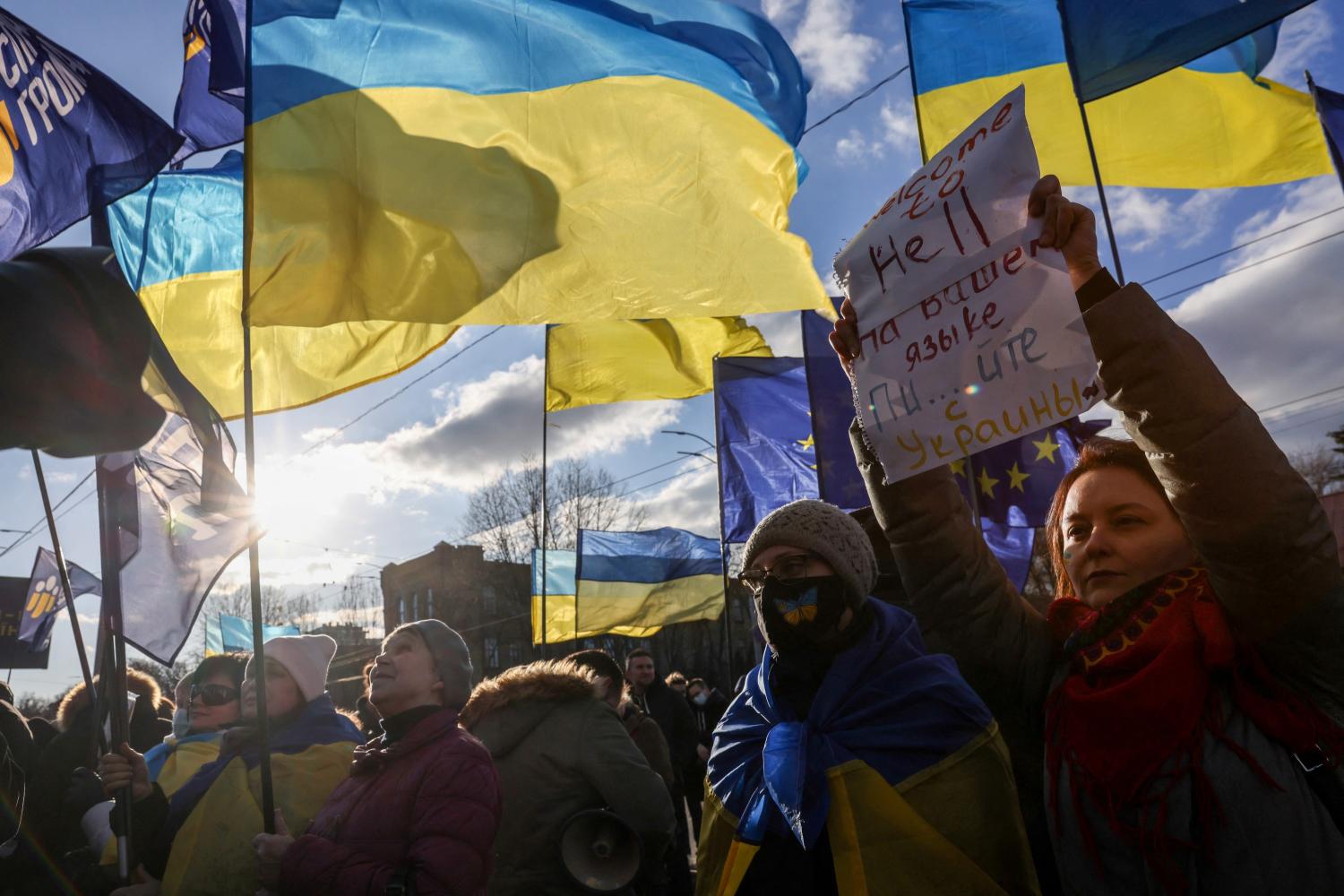


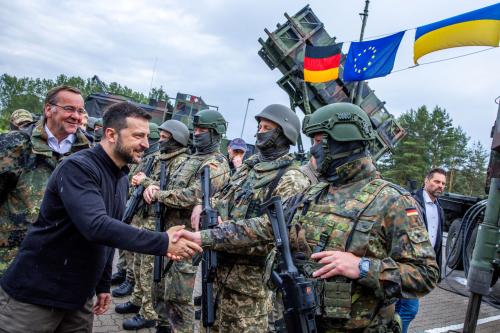
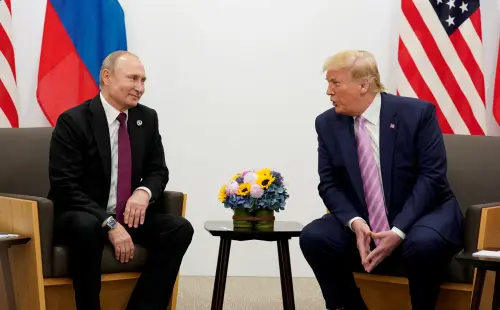
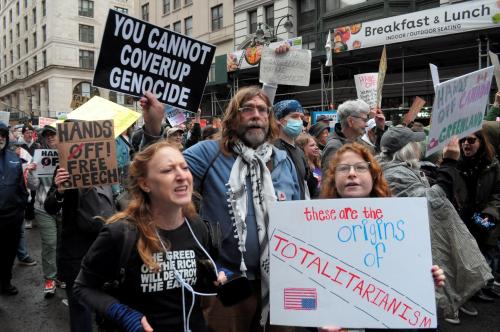
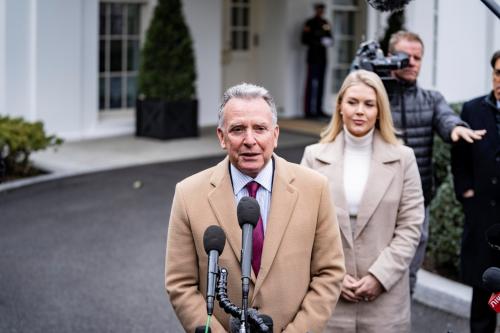
Commentary
Why a ceasefire holds little appeal for Zelenskyy
March 4, 2025